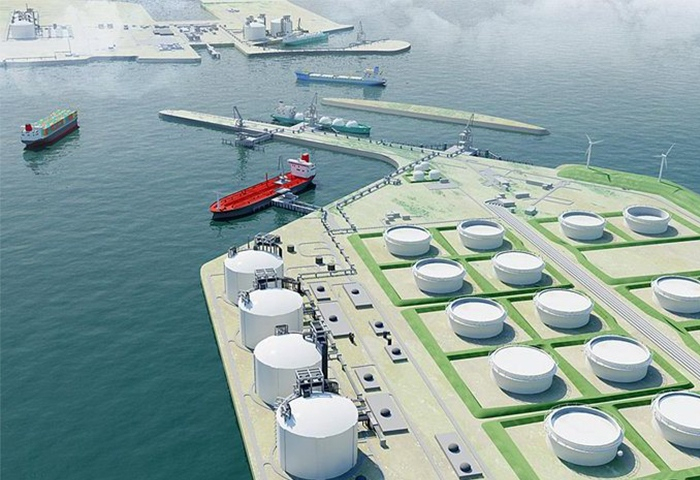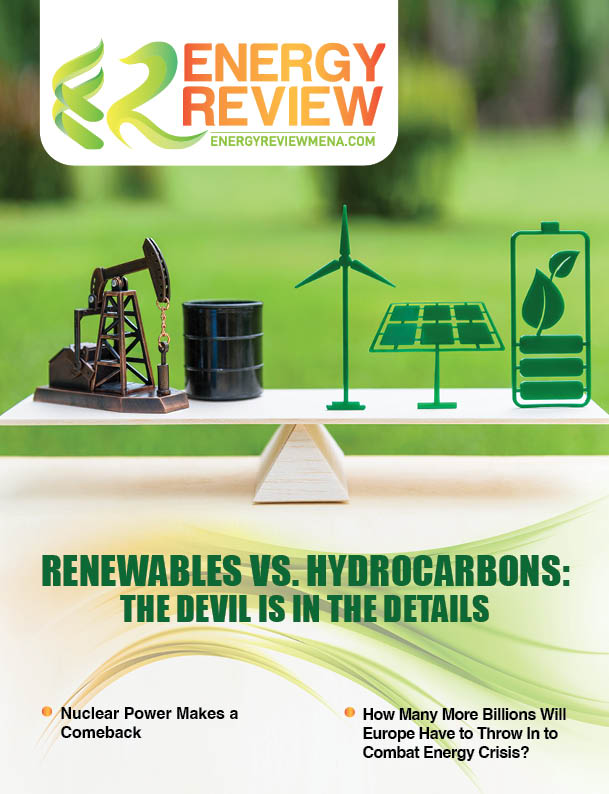The United States became the world’s largest liquefied natural gas (LNG) exporter during the first half of 2022, according to US Energy Information Administration (EIA) sourcing data from CEDIGAZ – the International Association for Natural Gas. Compared with the second half of 2021, US LNG exports increased by 12% in the first half of 2022, averaging 11.2 billion cubic feet per day (Bcf/d).
EIA estimates US nominal capacity to increase to 11.4 Bcfd, and peak capacity to increase to 13.9 Bcfd, exceeding capacities of the two largest LNG exporters, Australia (which has an estimated peak LNG production capacity of 11.4 Bcfd) and Qatar (peak capacity of 10.4 Bcfd).
Most US LNG exports went to the EU and the UK during the first five months of this year, accounting for 71%, or 8.2 Bcf/d, of the total US LNG exports. Similar to 2021, the United States sent the most LNG to the EU and UK during the first half of the year, providing 47% of the 14.8 Bcf/d of Europe's total LNG imports, followed by Qatar at 15%, Russia at 14% and four African countries combined at 17%.
Factors that led to US LNG exports growth have been attributed to 1) increased LNG export capacity, 2) increased international natural gas and LNG prices, and 3) increased global demand, particularly in Europe.
International natural gas and LNG prices hit record highs in the last quarter of 2021 and first half of 2022.
Since the end of 2021, countries in Europe have increasingly imported more LNG to compensate for reduced supplies from Russia, and to fill historically low natural gas storage inventories. LNG imports in the EU and UK increased by 63% during the first half of 2022 to average 14.8 Bcf/d.
In June, the United States exported 11% less LNG than the 11.4 Bcf/d average exports during the first five months of 2022, mainly as a result of an unplanned outage at the Freeport LNG export facility. Freeport LNG is expected to resume partial liquefaction operations in early October 2022.
Utilization of the peak capacity at the seven US LNG export facilities averaged 87% during the first half of 2022, mainly before the Freeport LNG outage, which is similar to the utilization on average during 2021.
As per the International Energy Agency (IEA), LNG export capacity additions are set to slow down in the next three years as a result of curtailed investment plans during a period of lower prices in the mid-2010s and construction delays stemming from Covid-19 lockdowns. This raises the risk of prolonged tight market conditions. While there has been a recent surge in LNG investment decisions, the resulting infrastructure will not be operational until after 2025.









